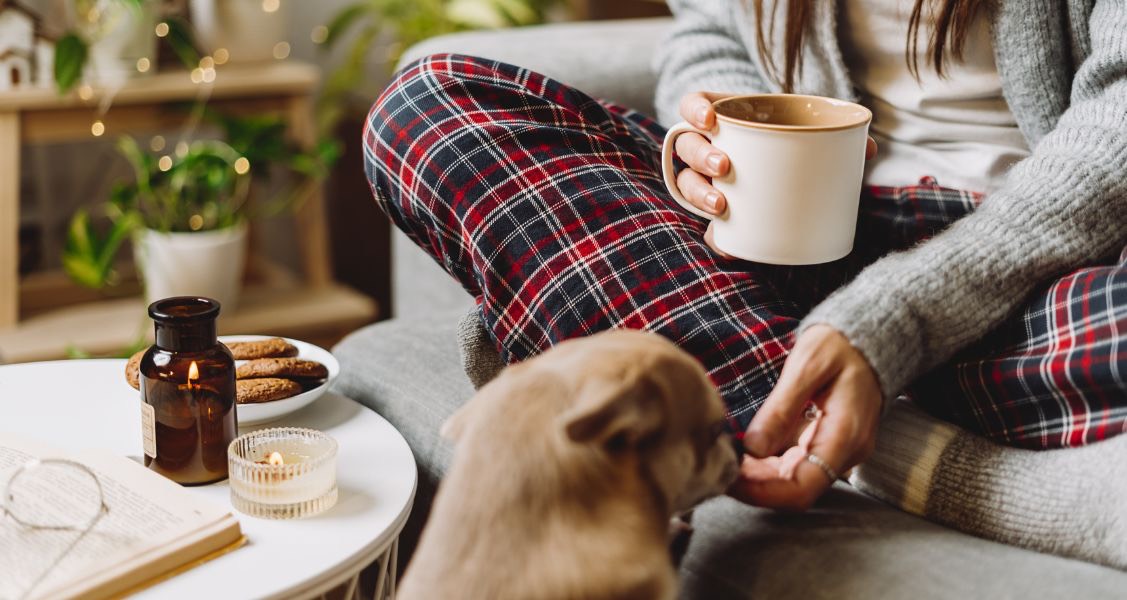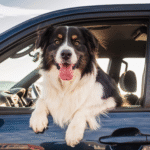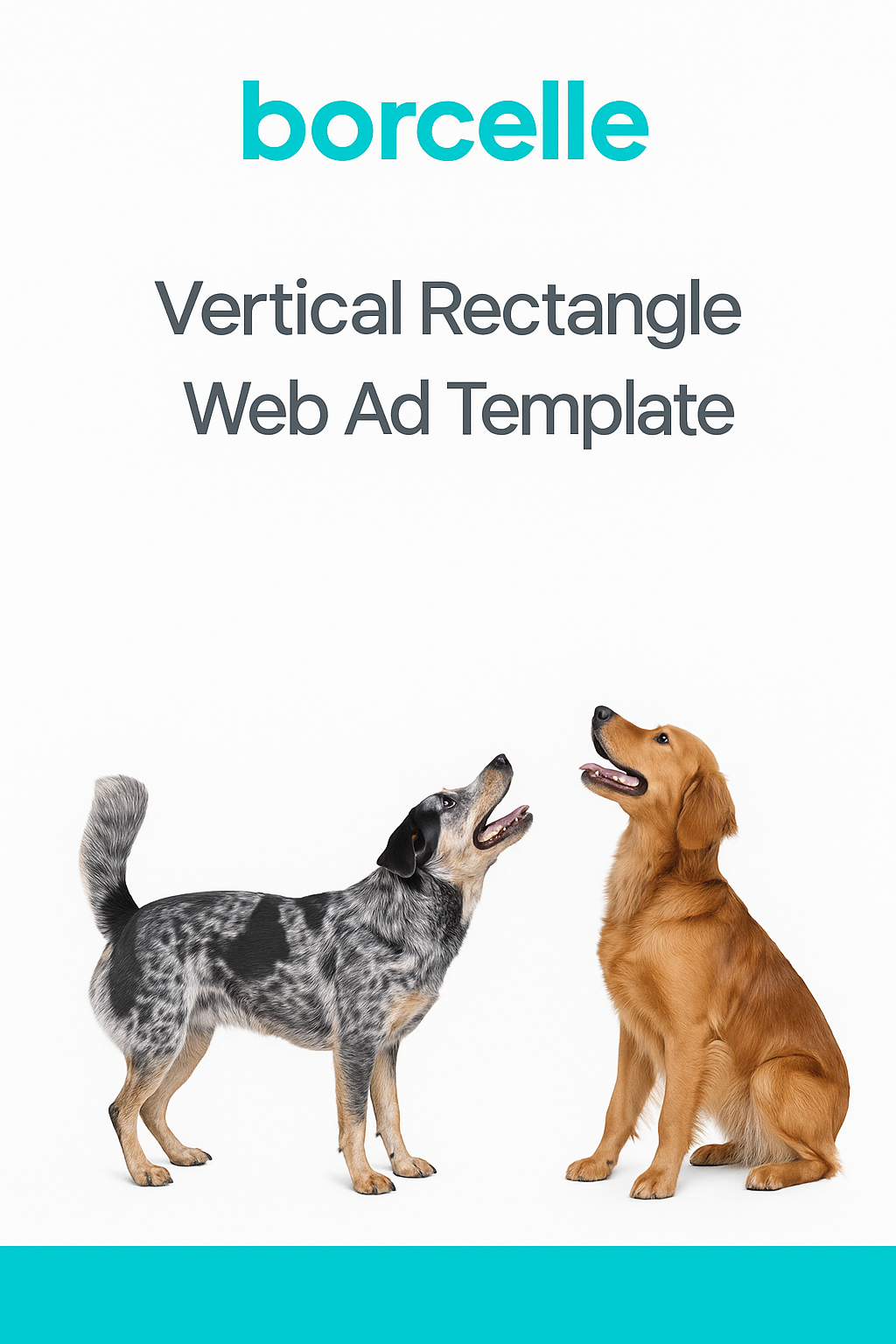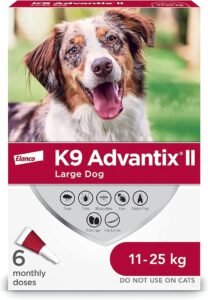Many pet owners consider their pets part of their homes and families, which is good. However, our pets are still different creatures from us and may react differently to common household items, such as candles. Candles can affect air quality and pose dangers for all pets, but they have the most significant effect on birds, cats, and dogs. Luckily, you don’t have to throw out all your candles just to avoid these dangerous effects. You can safely enjoy candles with pets at home if you follow the precautions below.
Buy Candles With Safe Ingredients
The first step of candle safety around pets is to know what’s in the candles you’re burning. Many of the candle risks with pets come down to unsafe ingredients that they may smell or accidentally ingest.
Natural wax, such as soy or beeswax, and lead-free wicks are the safest options for you and your pet. Unscented candles are ideal as well, but we know that many people prefer scented ones. When shopping for scented candles, you will need to avoid certain scents based on your pet. For example, you can burn eucalyptus candles around dogs but not around cats or birds. You can get similar tips from the social profiles of Kristi Crow or Maria Tirico to better understand how pet safety should be ensured.
Burn Candles Away From Pets
Once you’ve selected safe scents and brought your candles home, you must follow some best practices. For example, the candle safety tips when reading are the same for pets, especially if you’re curled up with a book and your furry friend for the night. To ensure safe, proper burning, place lit candles on a surface away from air drafts where your pet cannot reach. If you have a particularly curious pet that can reach most surfaces in your home, consider burning candles behind a closed door with your pet safely on the other side or outside.
Birds are particularly sensitive to scents and smoke from candles. Even if you don’t expect them to get too close to a candle, it is still safest to burn the candle in another room away from them.
Never leave a lit or hot candle unattended. While you may not expect your pet to investigate the candle while you’re gone, they can act unpredictably. Proceeding with caution is always best. Take the candle with you, snuff it out with time for it to cool before you leave, or snuff it out and place it in another area your pet cannot reach.
Snuff and Store Candles Securely
Our pets are often more sensitive to smoke than we are, which is why it’s so important to snuff candles out before storing them. Blowing them out can create extra, unnecessary smoke. You can snuff out your candle with the candle lid or with a designated snuffer.
After your candle is cool, store it where your pet cannot reach. Curious animals have previously found candles and attempted to eat them, which can cause digestive issues. Proper storage is essential for pet safety.
Knowing how to safely enjoy candles with pets at home enables you to create the atmosphere you want while protecting your pet. If you’re ever unsure of whether a candle is safe or whether your pet is having a reaction, consult with a veterinary professional.











